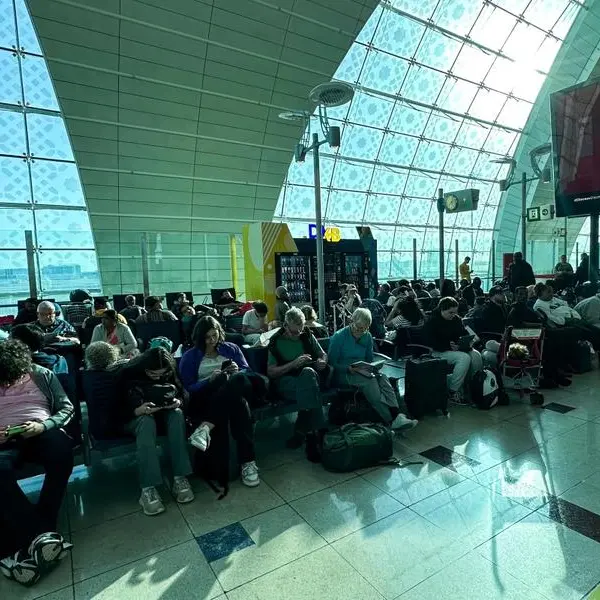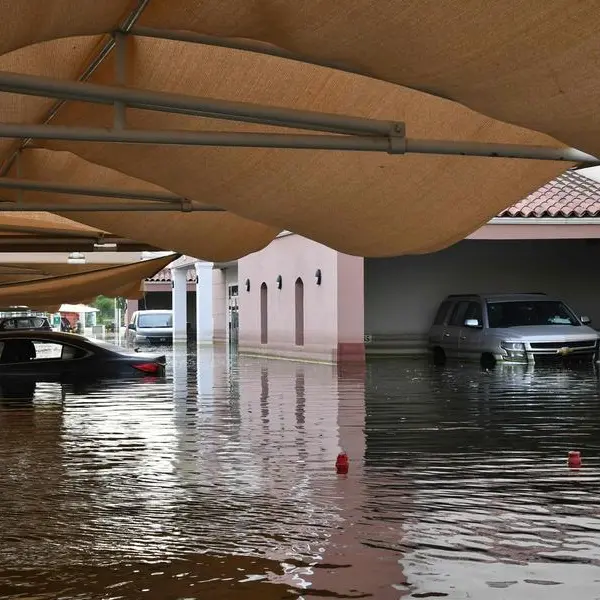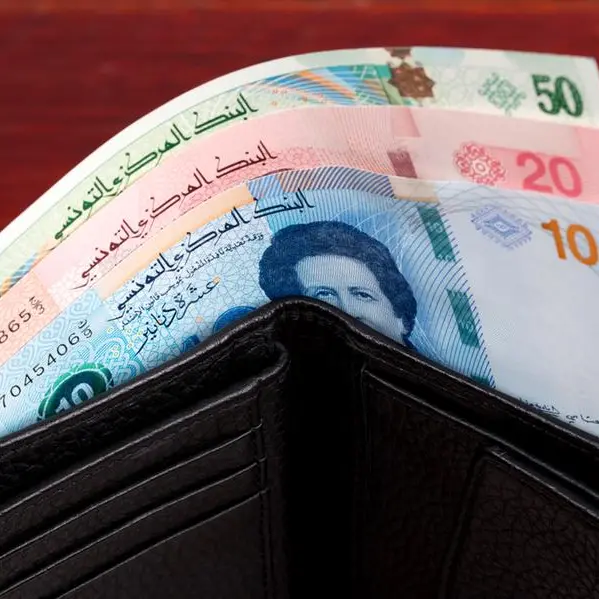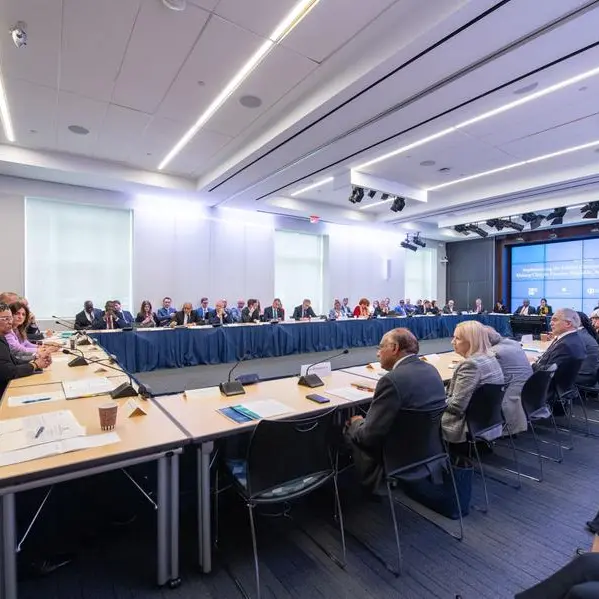Apartment rents in the emirate of Sharjah dropped by 10.6 percent over the course of 2017, according to a new report.
The Sharjah Property Market Snapshot, published by real estate consultancy firm Cluttons on Monday, reported that although villas continue to be in demand, apartment rents continued to fall during the fourth quarter of the year – down by 13.6 percent year-on-year in the final quarter. It said that rents in the Abu Shagara neighbourhood fell fastest, with the relocation of a number of used car showrooms from the neighbourhood meaning there has been less demand from staff who worked in them.
Apartment rents are under pressure in the emirate, one of the seven which make up the United Arab Emirates, partly as a result of rising stock, meaning that the tenants’ market that took hold three years ago remains in place.
In an emailed statement to Zawya, the firm's head of research, Faisal Durrani, also said the ongoing price declines in the Sharjah apartment market "mirrors the performance in Dubai, as has been the case historically".
"With rents in Dubai remaining on the back foot, it is no surprise that landlords in Sharjah have lowered rates in order to maintain competitiveness. Furthermore, with a rising level of speculatively-developed apartments, waiting lists are diminishing, leaving tenants spoilt for choice”.
The Cluttons report stated that apartment rents “will continue to moderate” in 2018, falling by between 5 to 7 percent.
In a press release accompanying the report, Suzanne Eveleigh, head of Cluttons Sharjah, said: “Many landlords are reluctant to adjust advertised rents downwards due to concerns about alienating existing tenants.
“However, with tenants increasingly seeking out new and energy-efficient buildings, reflecting household financial pressures stemming from the 1 January introduction of VAT, rising utility bills as subsidies continue to be phased out and rising inflation levels, we feel landlords will need to be flexible with rents and the payment plans, particularly in older buildings, to sustain demand.”
Villas in Sharjah remain popular, though. Rents edged up by 1.7 percent year-on-year in the final quarter of 2017, meaning that over the course of 2017 they remained positive at 0.4 percent. Cluttons predicts a further increase of 1 to 2 percent over the course of this year.
“This makes Sharjah’s villa market the only property segment in the UAE to see sustained positive growth. This is likely to prompt further investment in the city’s nascent villa segment, which will no doubt help reshape Sharjah’s residential landscape,” Durrani said.
A report issued by property portal Bayut.com last week said that rents in the popular Al Nahda area of Sharjah remained flat for one-bed apartments at 37,000 UAE dirhams ($10,075) per year, but two-bed apartment rents dropped in value by 18 percent to 45,000 dirhams and three-bed units fell by 11 percent to 76,000 dirhams.
(Writing by Michael Fahy; Editing by Shane McGinley)
(michael.fahy@thomsonreuters.com)
Our Standards: The Thomson Reuters Trust Principles
Disclaimer: This article is provided for informational purposes only. The content does not provide tax, legal or investment advice or opinion regarding the suitability, value or profitability of any particular security, portfolio or investment strategy. Read our full disclaimer policy here.
© ZAWYA 2018











